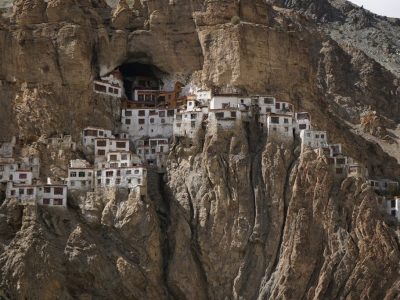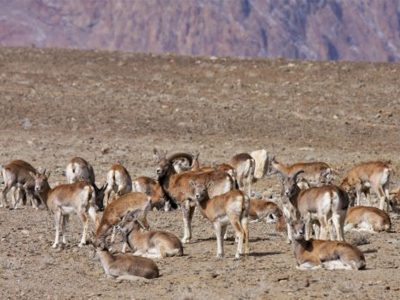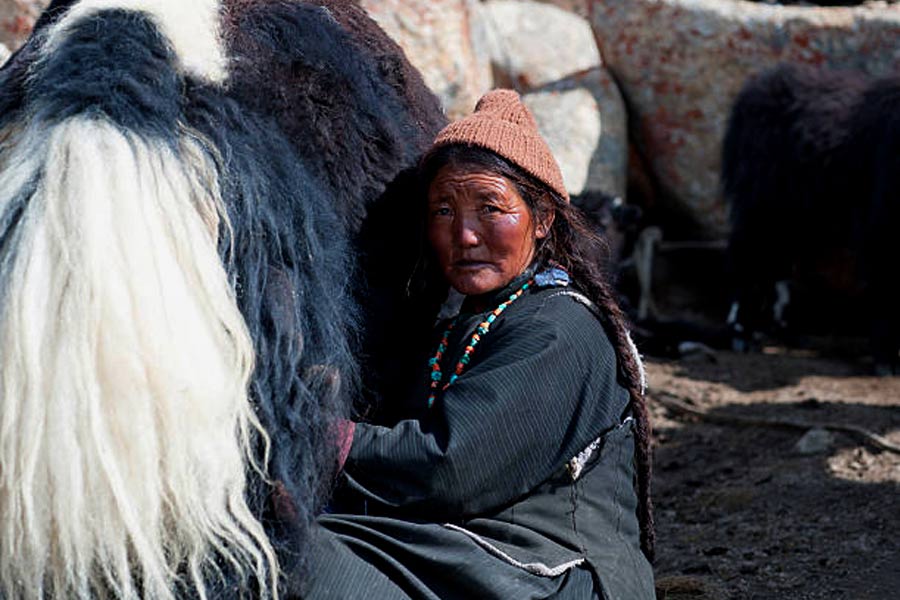Nestled in the heart of the Himalayas, Ladakh is not just a land of rugged mountains and breathtaking landscapes; it is also home to a unique and rich cultural heritage. One of the best ways to experience this heritage is by staying in a traditional Ladakhi homestay. Unlike modern hotels, a homestay offers an immersive experience into the simple yet profound lifestyle of Ladakhis, characterized by warmth, sustainability, and a deep connection with nature.
Architecture and Living Spaces
Ladakhi homes are built using locally available materials like mud, wood, and stone, designed to withstand the extreme climate. Thick mud walls provide insulation during harsh winters, while flat roofs help conserve heat. The houses are adorned with traditional Buddhist decorations, colorful prayer flags, and a central stove (bukhari) that keeps the entire family warm.
Inside, homes feature a large common room, which serves as a kitchen, dining, and gathering space. Wooden flooring, low seating arrangements, and intricately woven carpets add to the cozy atmosphere. Many homestays also have prayer rooms (gonkhang) where families perform daily rituals and prayers.

Daily Life in a Ladakhi Homestay
Life in a Ladakhi homestay follows the rhythm of nature. Mornings start early with prayers, followed by household chores such as milking cows, tending to fields, and preparing traditional meals. Guests are encouraged to participate in these activities, making their stay more engaging and rewarding.
Food is an integral part of Ladakhi hospitality. Home-cooked meals include thukpa (noodle soup), skyu (wheat pasta stew), momos (dumplings), and the famous gur-gur chai (butter tea). Ingredients are often sourced from the homestay’s own garden, ensuring fresh and organic meals.
Sustainability and Eco-Friendly Practices
Ladakhi homestays are a model of sustainable living. Due to limited resources, families practice self-sufficiency through:
- Solar Energy: Many homes use solar panels for electricity and heating water.
- Organic Farming: Growing barley, peas, and vegetables without chemical fertilizers.
- Waste Management: Minimal plastic use and composting of organic waste.
- Water Conservation: Using traditional irrigation techniques like zings (small reservoirs) to store glacial meltwater.
Guests in a Ladakhi homestay are encouraged to adopt these eco-friendly practices, making their stay not only enjoyable but also sustainable.
Cultural Immersion and Festivities
A stay in a homestay allows visitors to experience Ladakh’s vibrant culture. Families often share stories of their ancestors, Buddhist teachings, and folklore. Guests may also get the chance to witness or participate in local festivals such as Losar (Tibetan New Year), Hemis Festival, and Ladakh Festival, where traditional music, dance, and masked performances take center stage.
For adventure lovers, homestays serve as the perfect base for trekking, village walks, and exploring monasteries. Engaging with locals provides deep insights into Ladakh’s history, traditions, and the resilience of its people.
The Soul of Ladakhi Hospitality
What truly makes a Ladakhi homestay special is the warmth and generosity of the hosts. Ladakhis are known for their hospitality, treating guests as part of their family. Whether sharing a meal, sipping butter tea, or simply enjoying the peaceful silence of the mountains, staying in a Ladakhi homestay is more than just accommodation—it is an experience of mindfulness, simplicity, and human connection.
Conclusion: A Journey Beyond Tourism
Choosing a homestay over a hotel transforms a trip to Ladakh into a journey of discovery. It’s a chance to slow down, disconnect from the modern world, and connect with a way of life that has remained unchanged for centuries. Whether you seek adventure, cultural immersion, or peace, a Ladakhi homestay offers a truly unforgettable experience.










You must be logged in to post a comment.